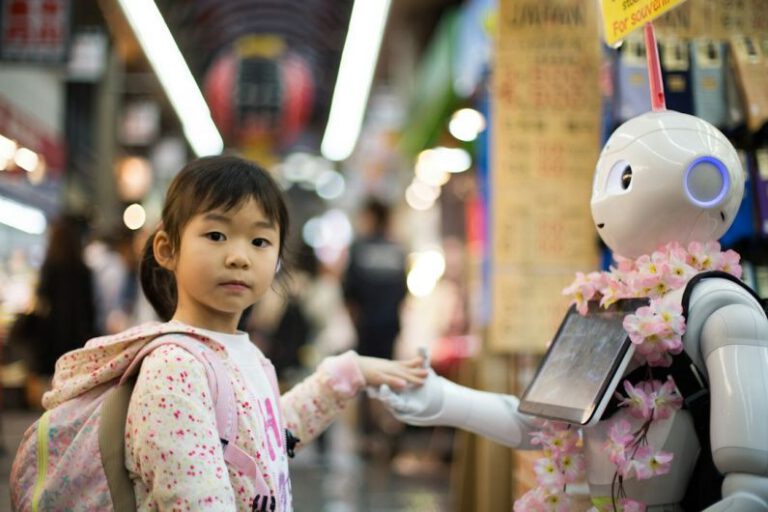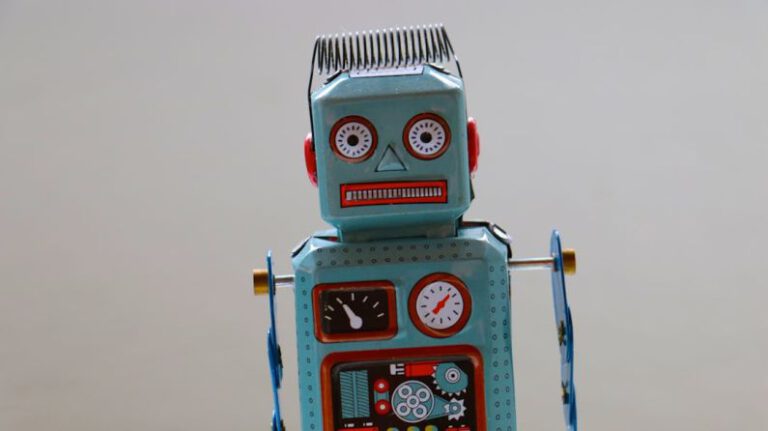Humanoid Robots Among Us: the Future of Interaction
In an age where technology continues to advance at an exponential rate, the integration of humanoid robots into our daily lives is becoming increasingly prevalent. These sophisticated machines, designed to resemble and mimic human behavior, are revolutionizing the way we interact with technology and each other. From customer service to healthcare, education to entertainment, humanoid robots are poised to play a significant role in shaping our future interactions.
The Rise of Humanoid Robots
Humanoid robots are no longer confined to the realms of science fiction; they are now a reality in our world. With advancements in artificial intelligence, machine learning, and robotics, these robots have become more lifelike and capable than ever before. Companies like Boston Dynamics and SoftBank Robotics have made significant strides in developing humanoid robots that can walk, talk, and even express emotions.
Enhancing Customer Service
One of the most prominent areas where humanoid robots are making an impact is in customer service. Companies are increasingly turning to robots to interact with customers, answer queries, and provide assistance. These robots are programmed to understand natural language, recognize faces, and even adapt to different situations. This not only enhances the customer experience but also frees up human employees to focus on more complex tasks.
Transforming Healthcare
In the healthcare industry, humanoid robots are being used to assist patients, perform routine tasks, and even provide companionship. Robots like Pepper, developed by SoftBank Robotics, have been deployed in hospitals and care facilities to engage with patients, remind them to take their medication, and offer emotional support. With an aging population and a shortage of healthcare workers, humanoid robots have the potential to fill crucial gaps in care delivery.
Revolutionizing Education
In the field of education, humanoid robots are being utilized to enhance learning experiences and engage students in new and innovative ways. These robots can serve as tutors, providing personalized instruction to students based on their individual needs and learning styles. They can also be used to teach coding, languages, and other subjects that require interactive and hands-on learning experiences. By integrating humanoid robots into classrooms, educators can create a more dynamic and engaging learning environment.
Entertainment and Beyond
Beyond customer service, healthcare, and education, humanoid robots are also making their mark in the world of entertainment. From theme parks to museums, robots are being used to entertain and engage audiences in creative and immersive ways. Companies like Disney and Universal Studios have incorporated humanoid robots into their attractions, creating unforgettable experiences for visitors of all ages.
The Future of Interaction
As humanoid robots become more advanced and sophisticated, their potential to revolutionize the way we interact with technology and each other is limitless. These robots have the ability to learn from their interactions, adapt to different environments, and even collaborate with humans on complex tasks. In the near future, we may see humanoid robots working alongside us in offices, factories, and even our homes, enhancing productivity and improving our quality of life.
In conclusion, humanoid robots are no longer a distant dream but a tangible reality that is shaping the future of interaction. Whether in customer service, healthcare, education, entertainment, or beyond, these robots are poised to transform the way we live, work, and play. As we continue to push the boundaries of technology and innovation, the possibilities for humanoid robots are truly endless. The future is here, and it’s humanoid.






